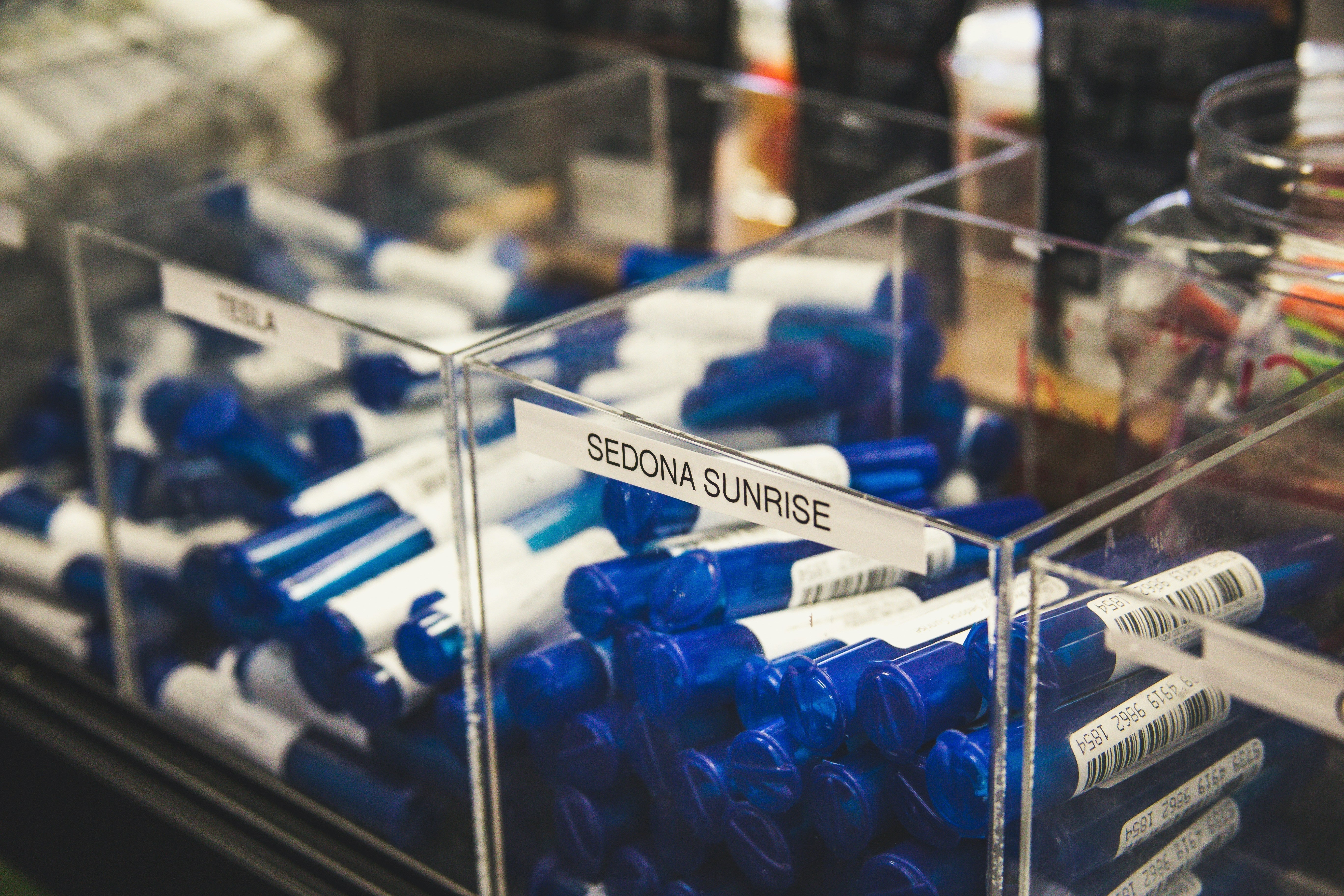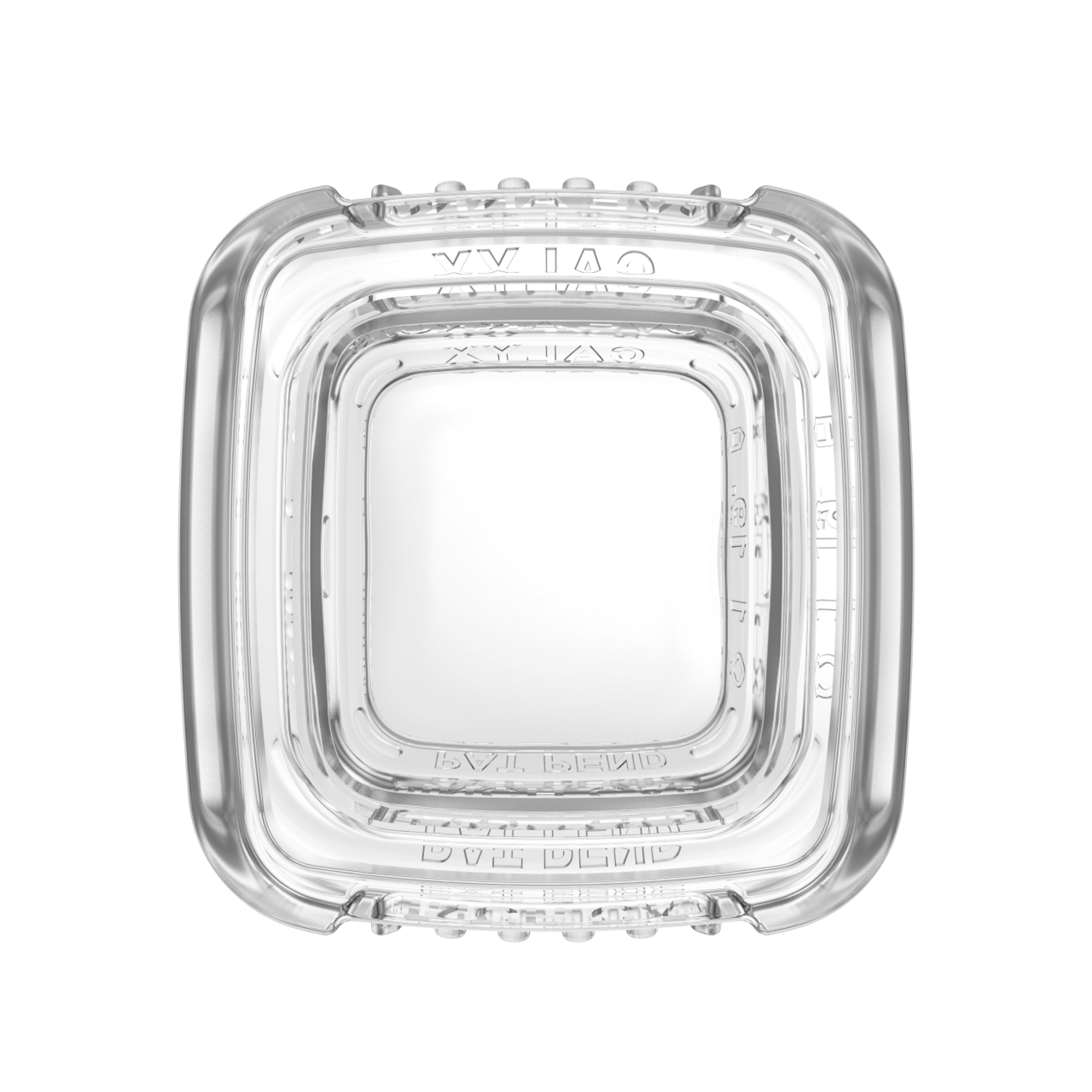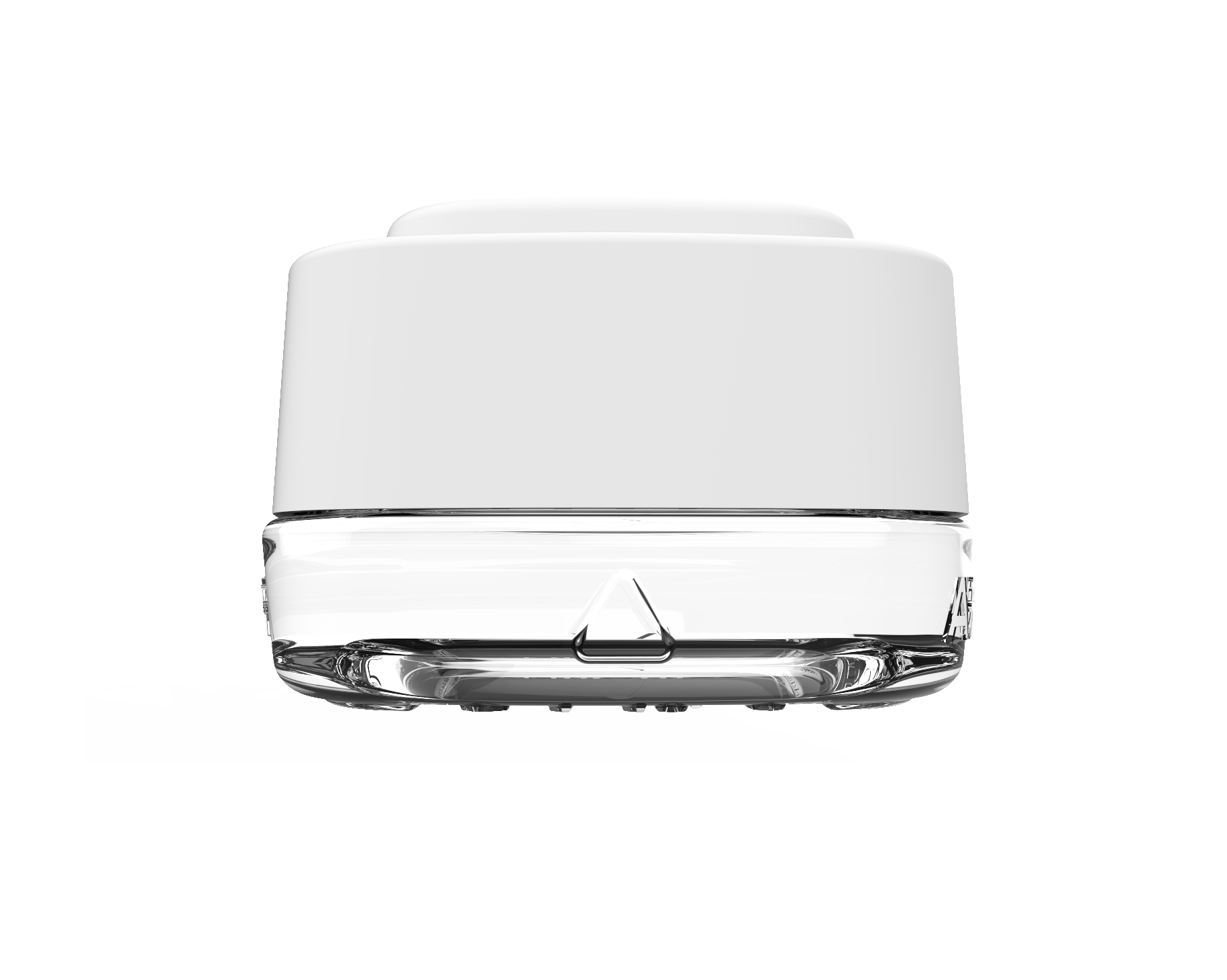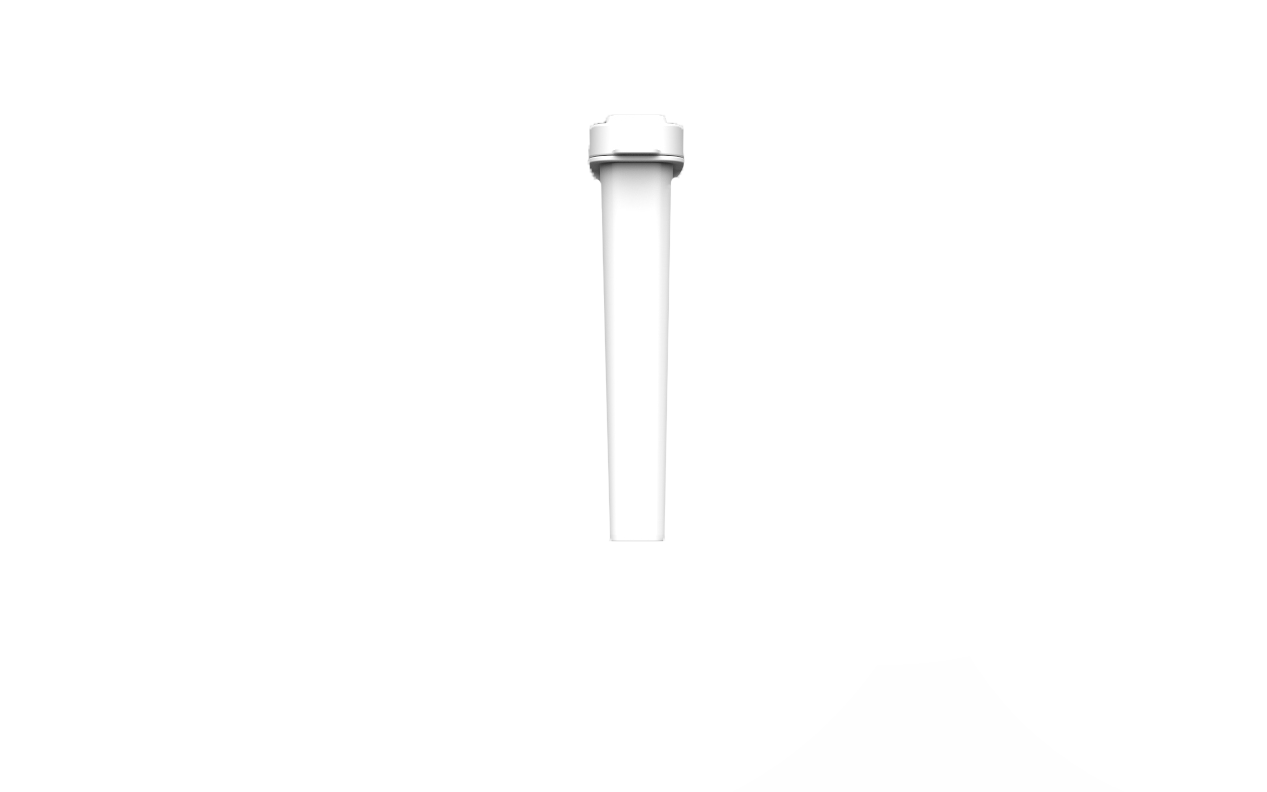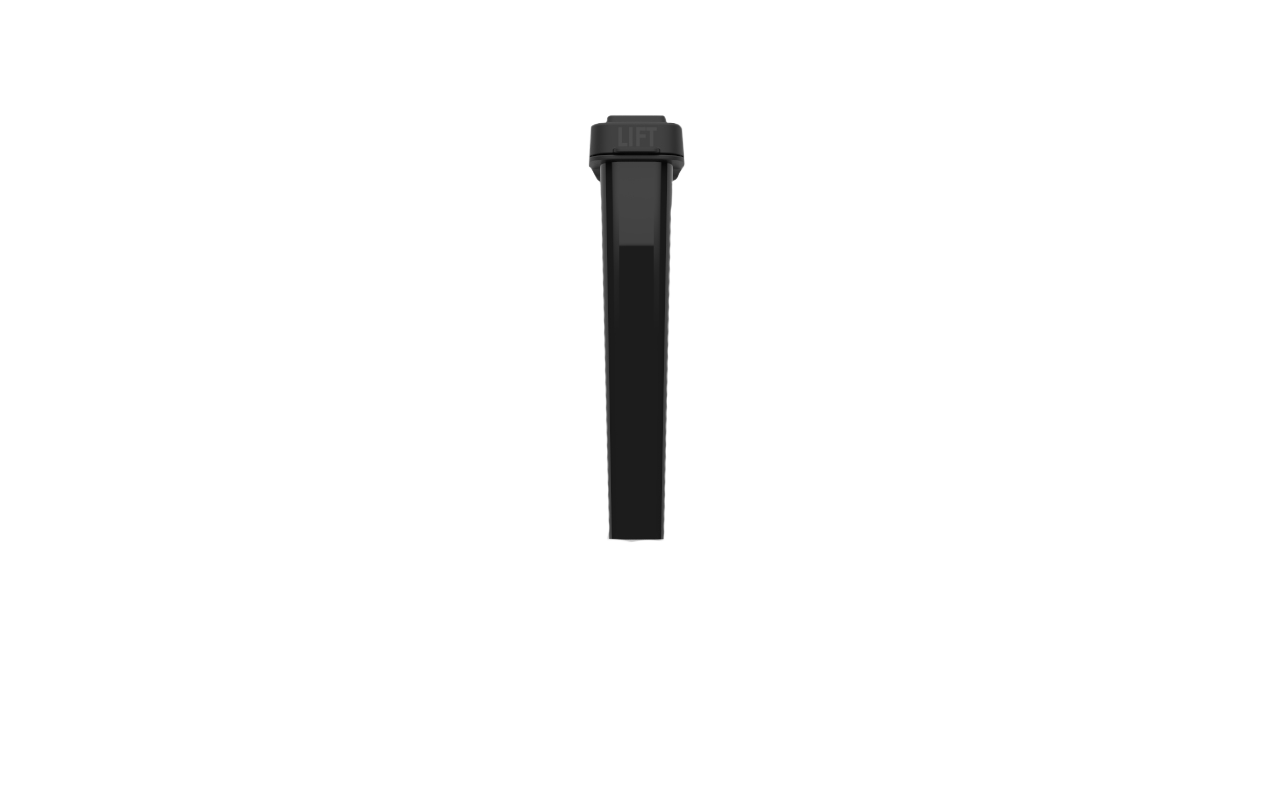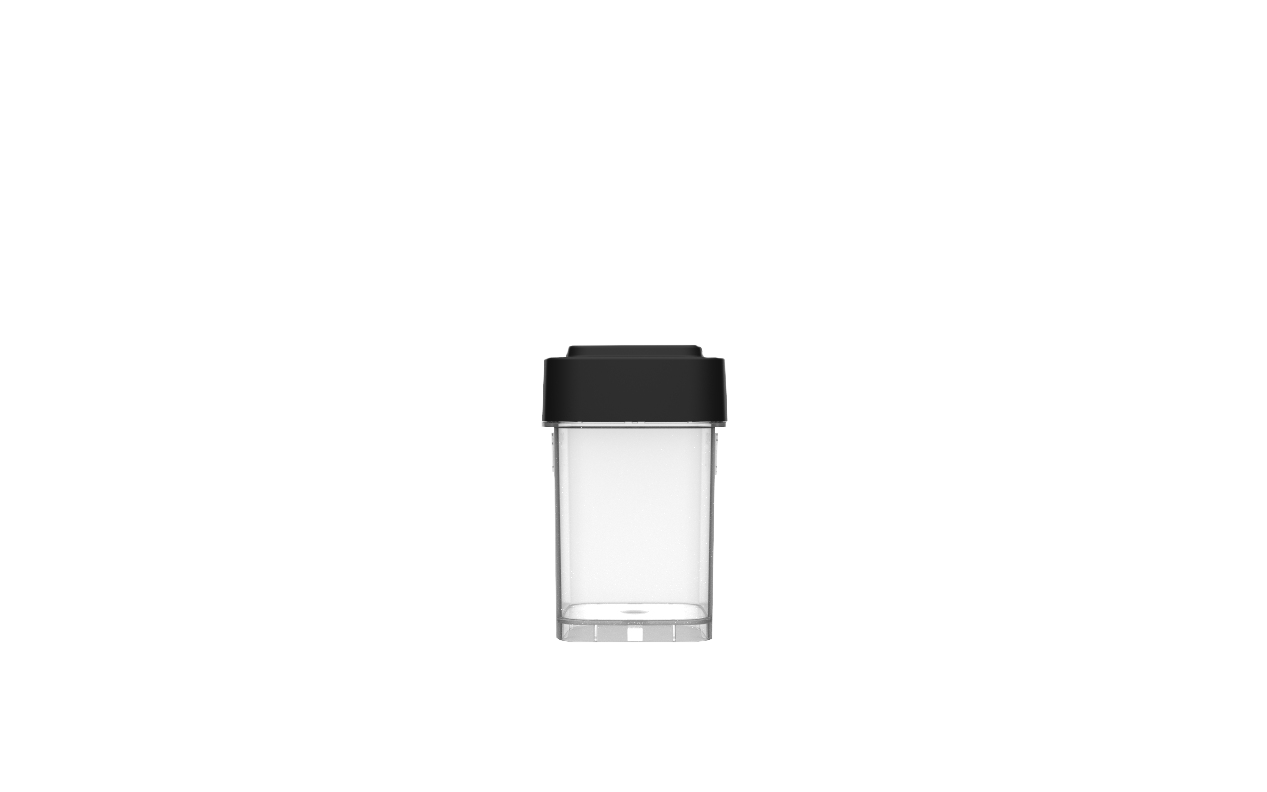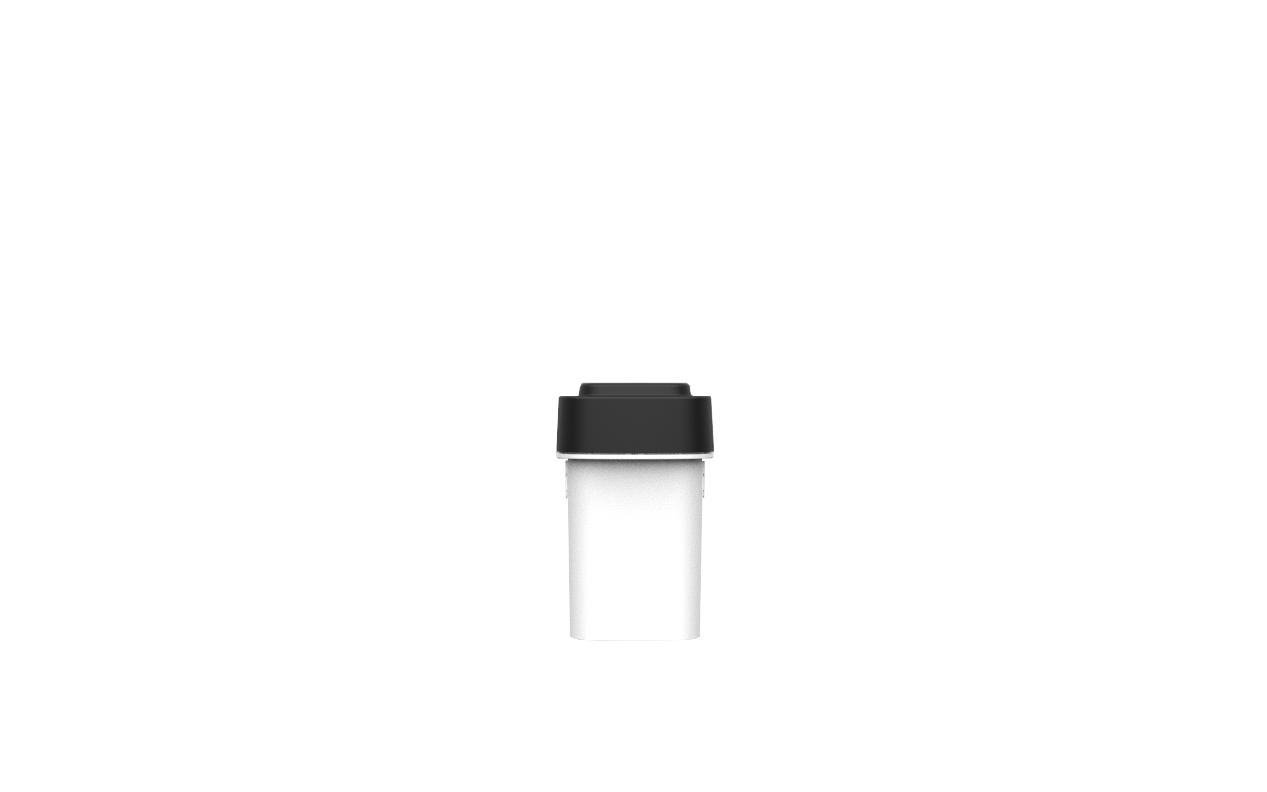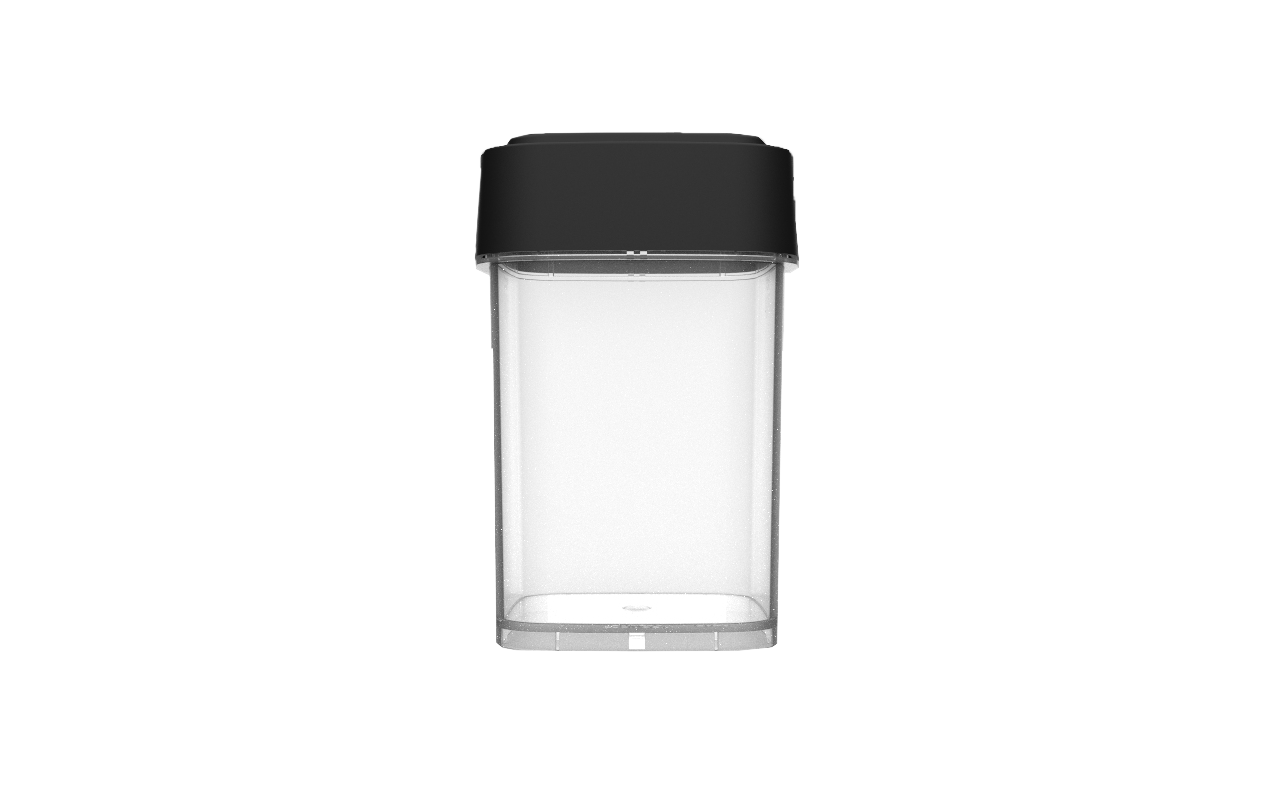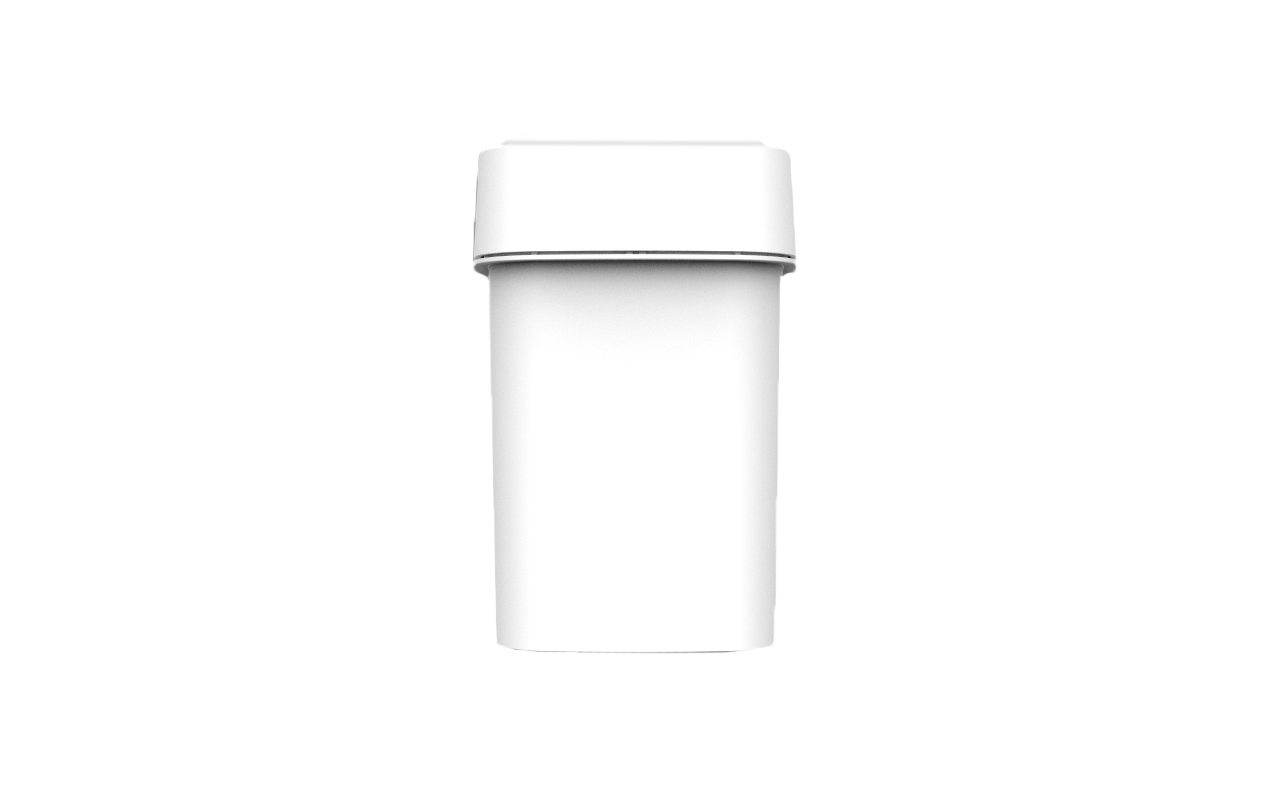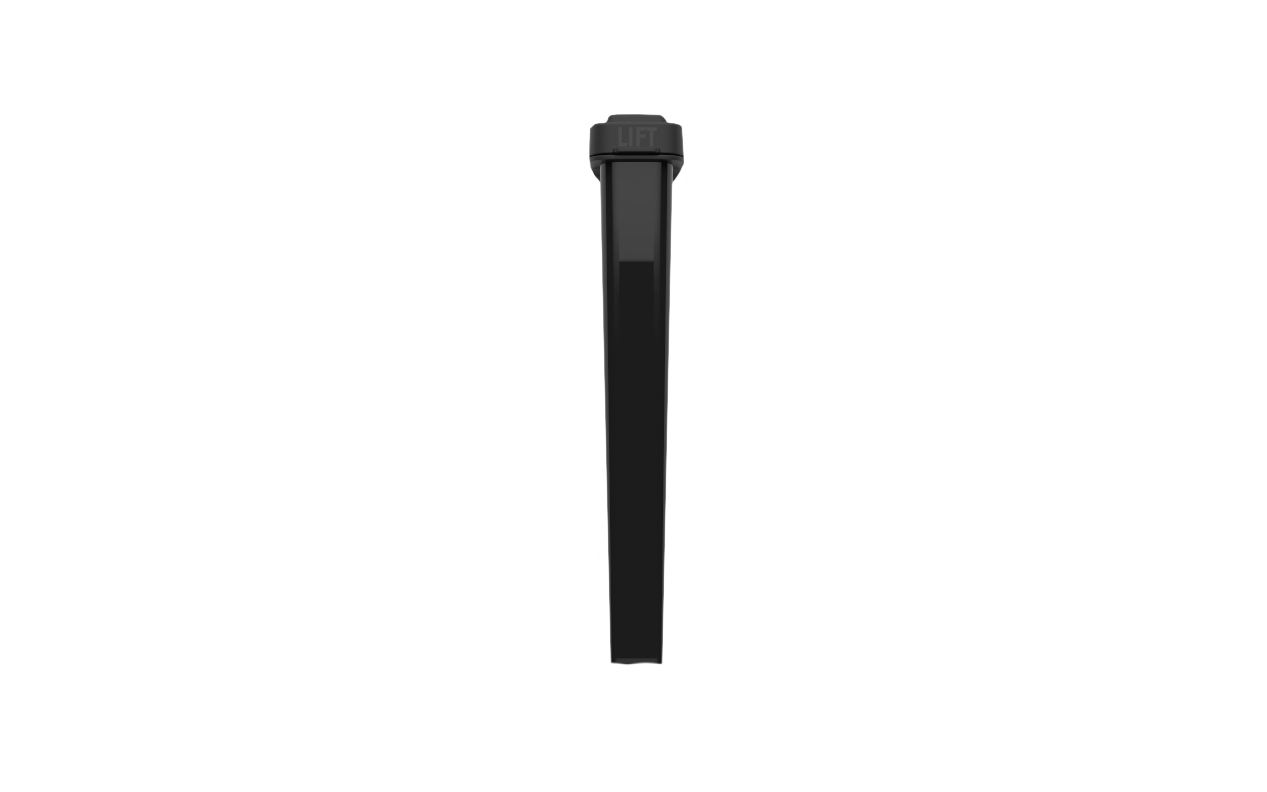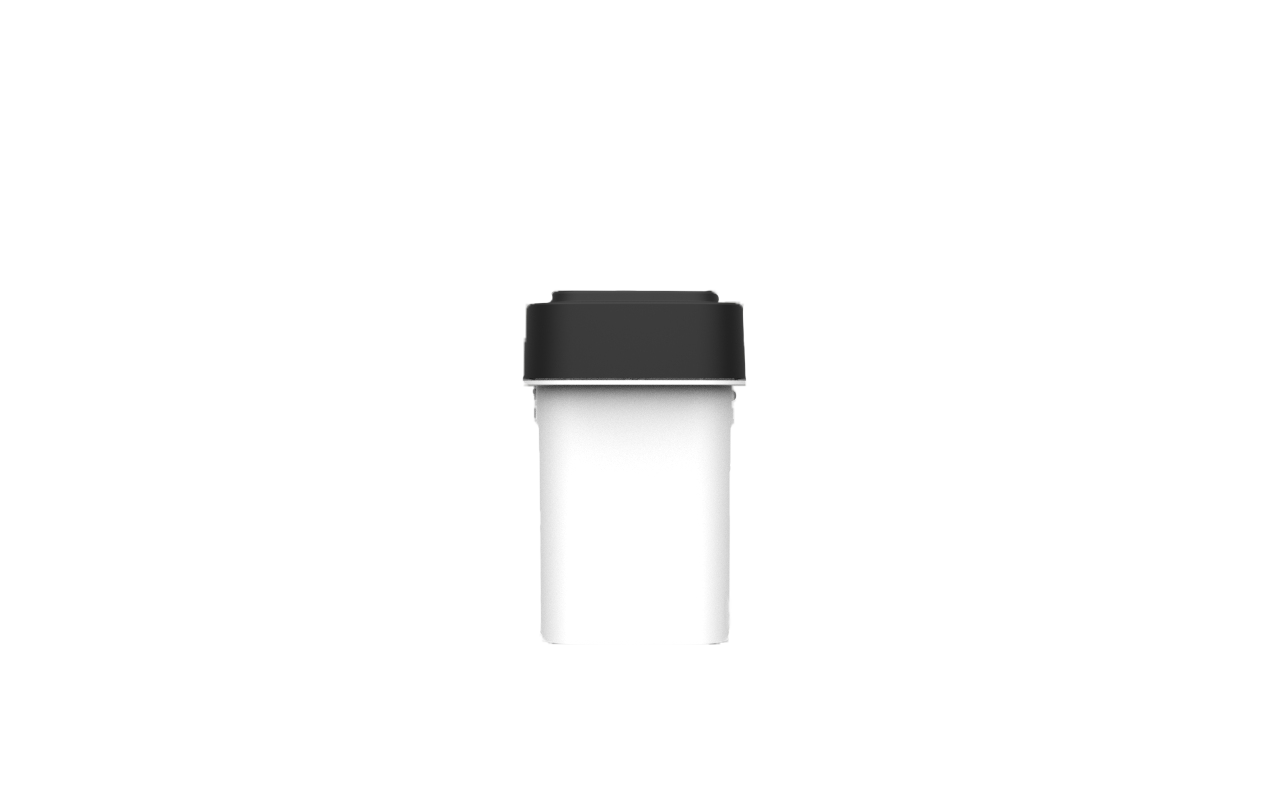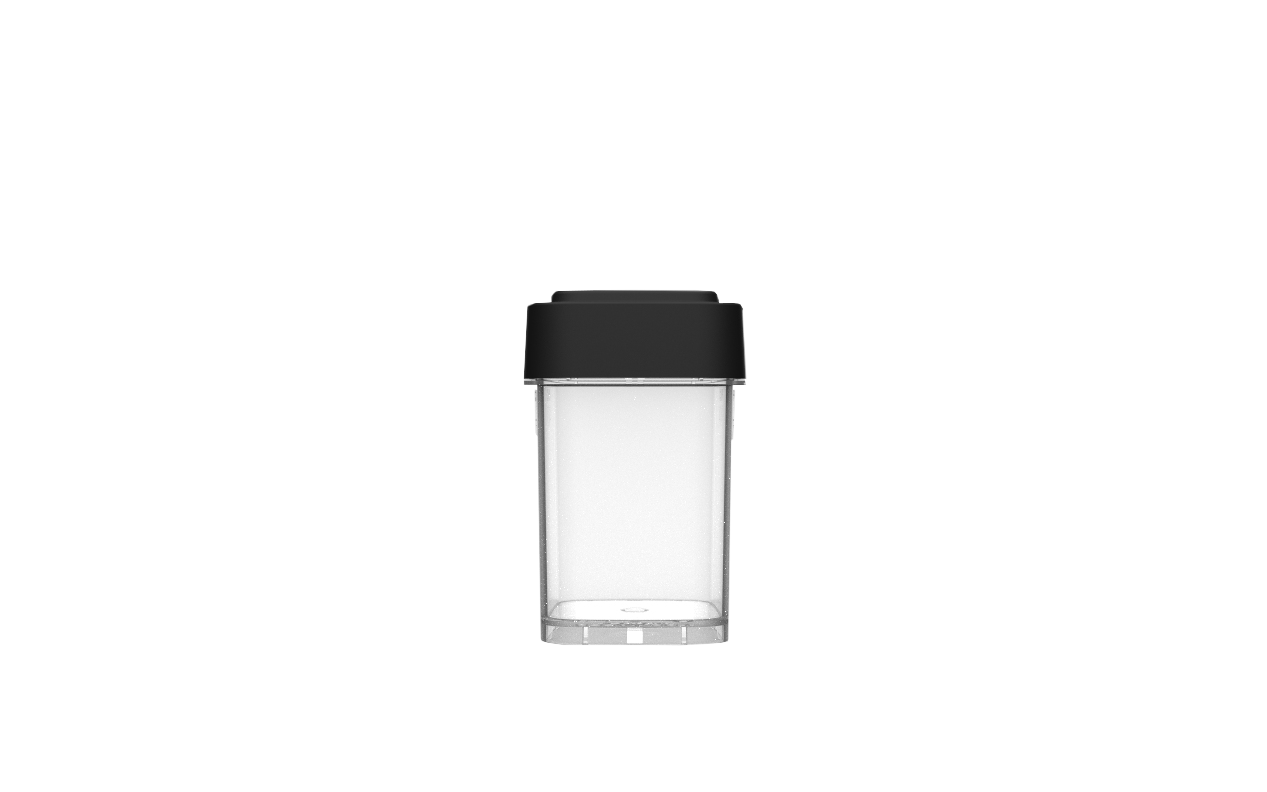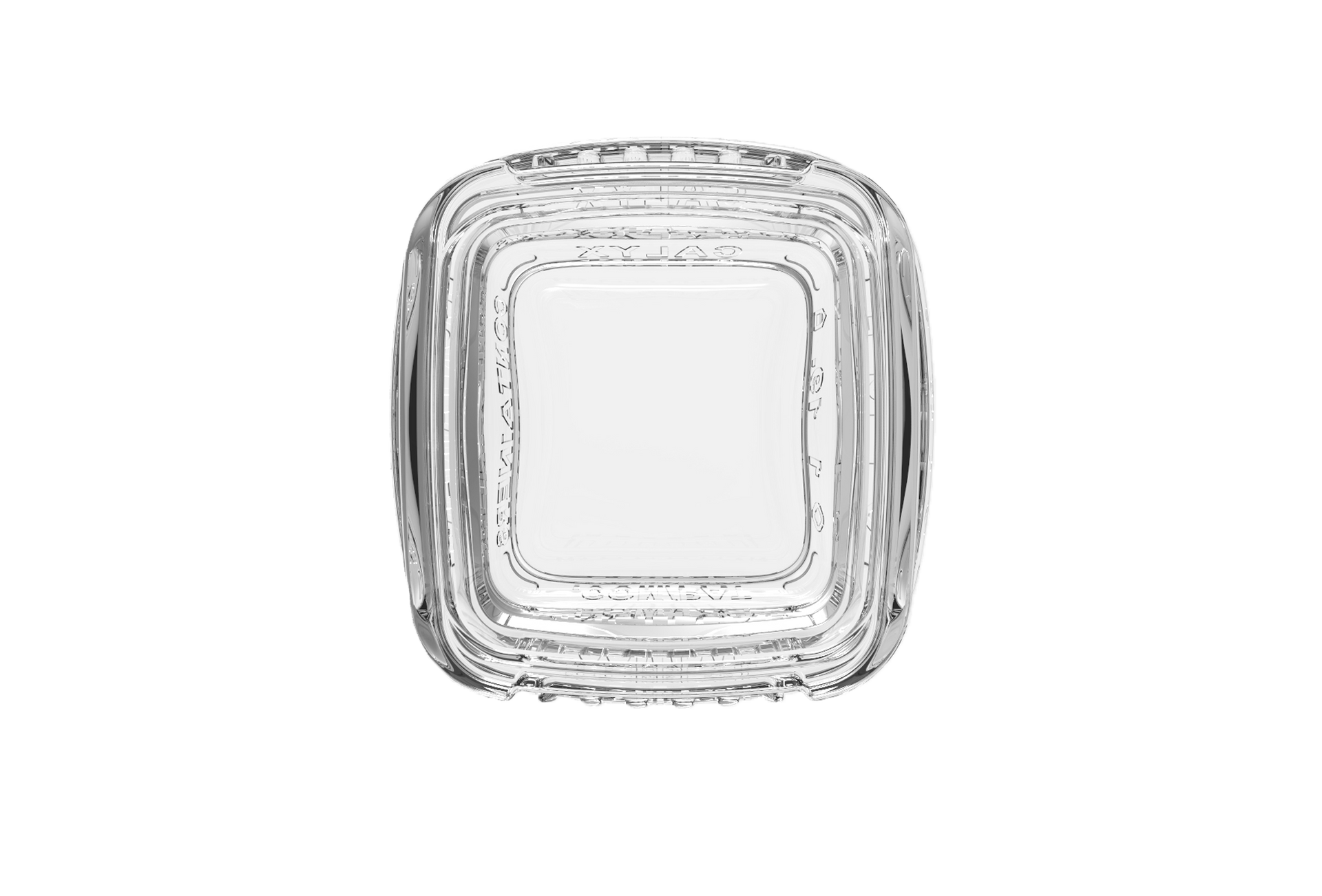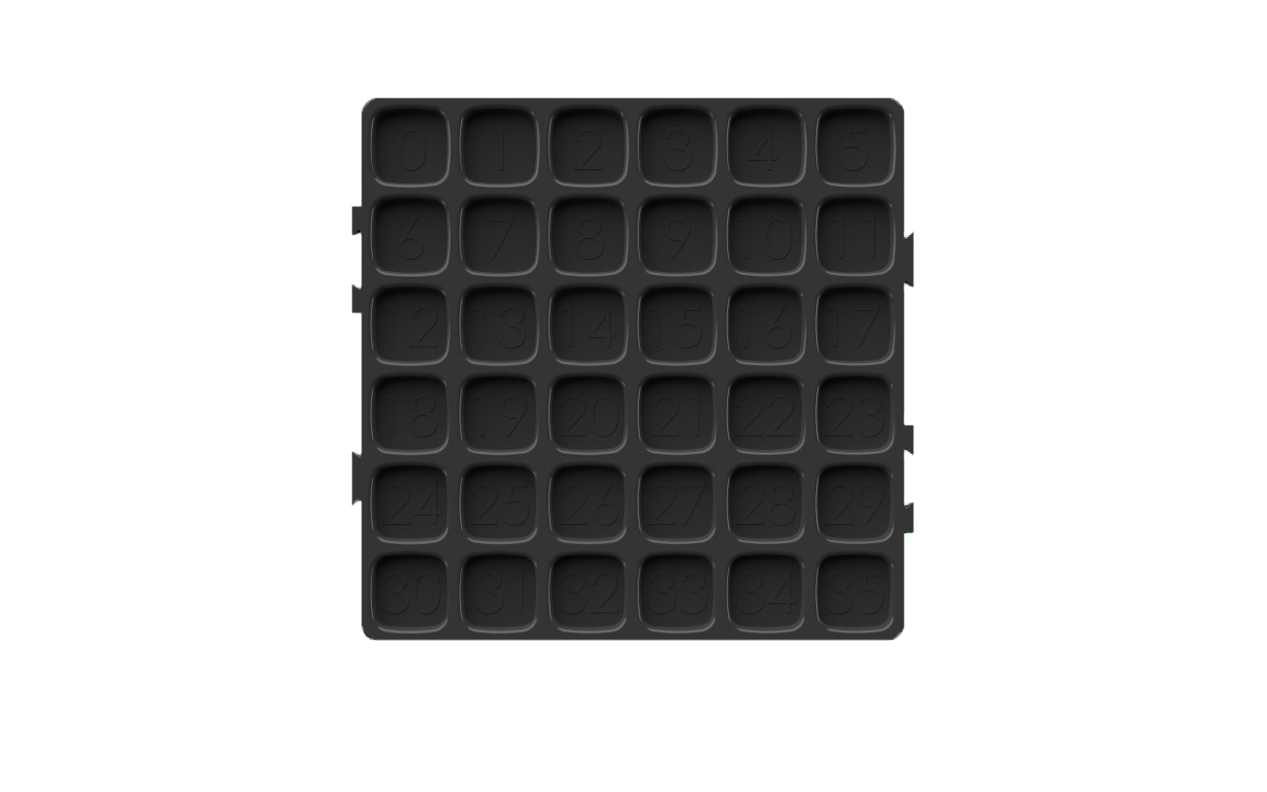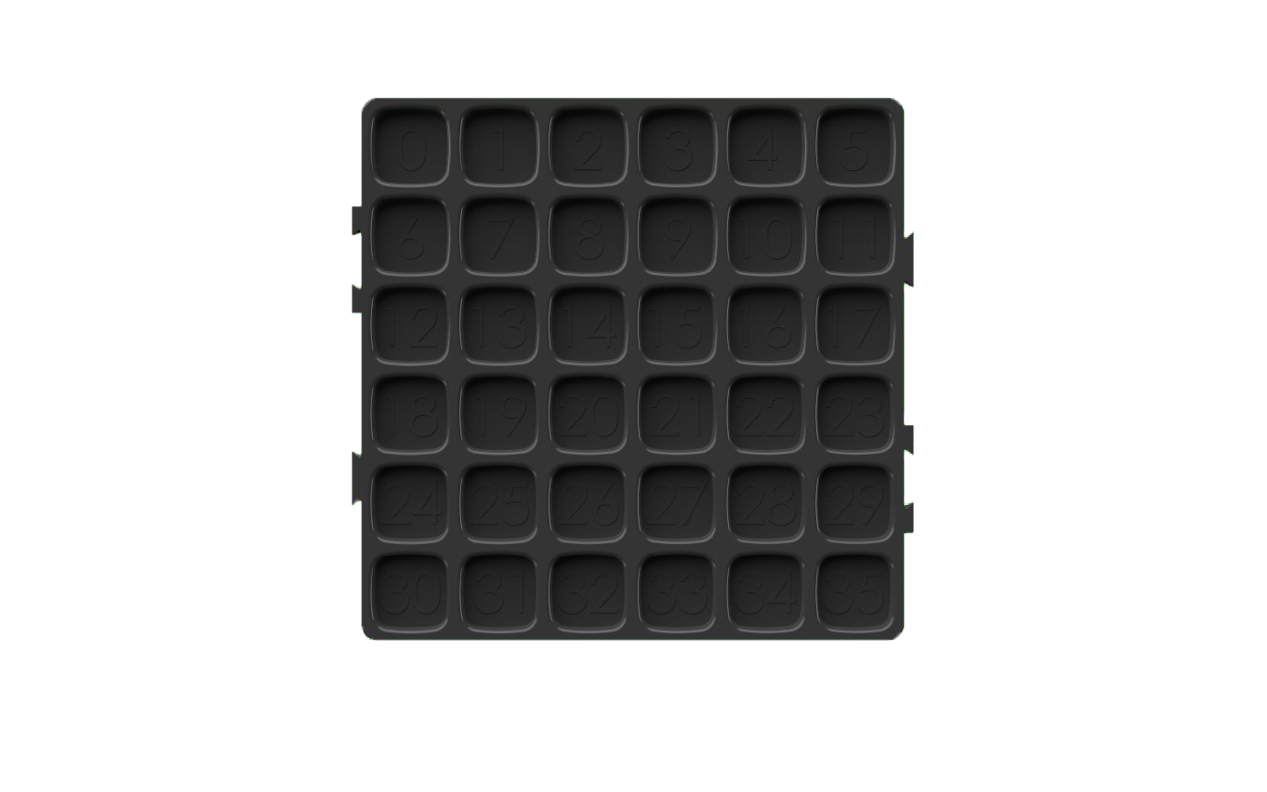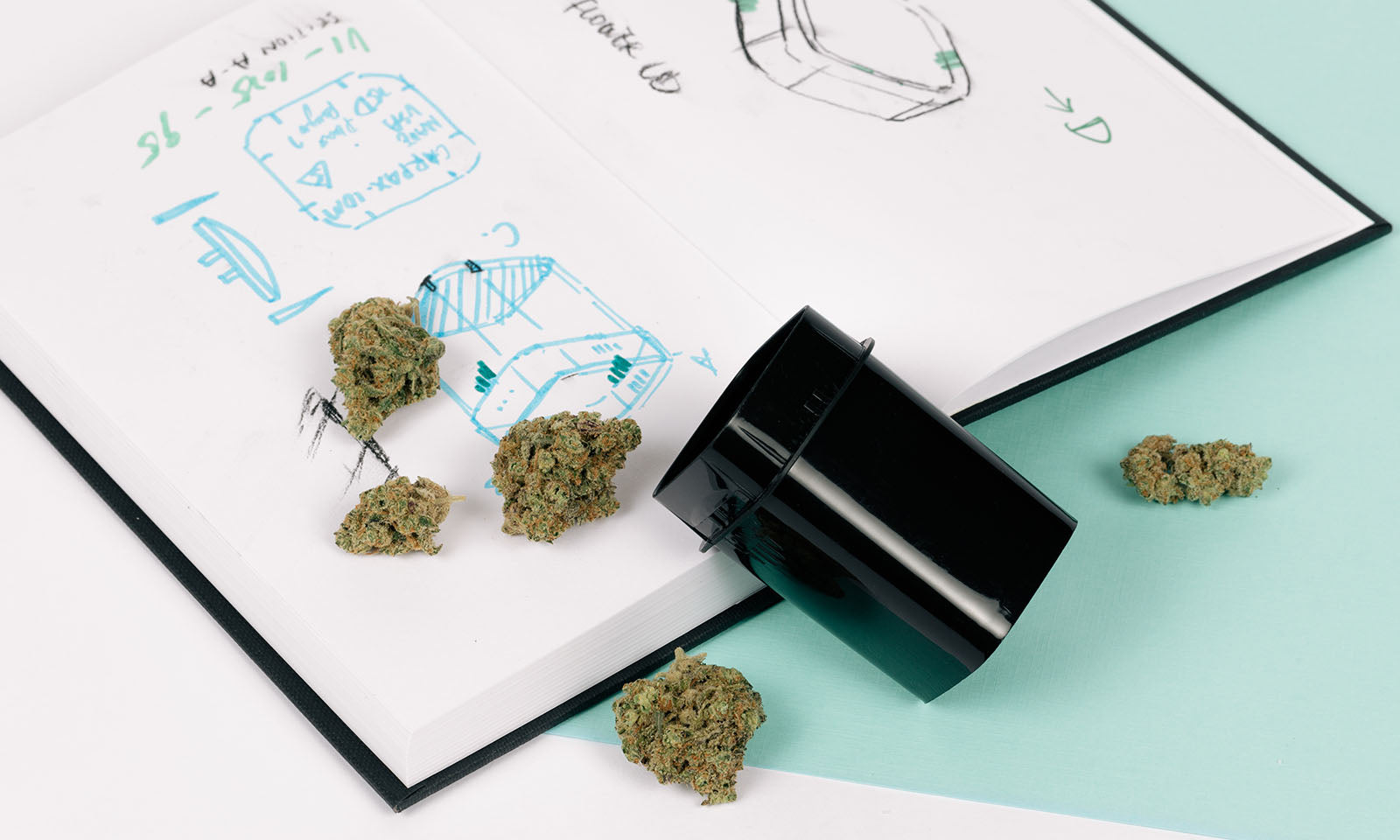When you pick up a package of cannabis—whether at a medical dispensary or an adult-use shop—the label does more than list what's inside. It's a legal document, a marketing tool, and a safety mechanism all in one. And while the products might look similar at first glance, medical cannabis labels and recreational cannabis labels follow very different rules.
Understanding these differences isn’t just useful for producers and dispensaries—it’s essential. Whether you’re developing a new product, scaling across markets, or building your brand from scratch, the right cannabis label strategy is key to staying compliant and earning consumer trust.
In this guide, we’ll break down how medical cannabis labels and recreational cannabis labels differ, why custom labels make all the difference, and how to choose a labeling solution that’s built for your market and your product.
Defining the Two Markets: Medical vs. Recreational Cannabis
Before we get into the labels themselves, it’s helpful to define what we mean by medical and recreational cannabis:
- Medical cannabis is prescribed or recommended to patients for specific health conditions, typically requiring a physician’s recommendation and a medical card. These products often have different purchase limits, tax rates, and access rules.
- Recreational cannabis (or adult-use cannabis) is available to adults 21+ for personal use, without the need for a medical recommendation.
This regulatory distinction carries through to how each product must be labeled and packaged.
Key Differences in Labeling Requirements
1. Language and Required Warnings
Medical Cannabis Labels
Often include language that directly references patient care. You might see:
- “For medical use only”
- “Use as directed by a physician”
- Warnings related to potential drug interactions
Recreational Cannabis Labels
Focus more broadly on consumer safety and responsible adult use. Common warnings include:
- “Not for use by children or pregnant women”
- “This product may cause intoxication and impair your ability to drive or operate machinery”
In many states, both categories require prominent THC warnings, universal cannabis symbols, and “Keep out of reach of children” language—but the tone and purpose of the rest of the content diverge.
2. Dosage and Potency Information
Medical products often list recommended dosages or titration instructions more clearly, since patients may require specific therapeutic dosing.
Recreational labels tend to include per-serving and per-package THC/CBD content without making dosage recommendations.
In both markets, accurate potency listings are essential—but medical labels often provide more context for therapeutic use.
3. Testing, Batch, and Traceability Requirements
Both categories require batch numbers, lab testing data, and traceability—but some states apply even more rigorous oversight to medical products:
- Required testing for additional contaminants
- More frequent lab verification for high-potency medical formulations
- Additional quality assurance or expiration requirements
These are often reflected in the layout and content of medical cannabis labels, which must include more detailed compliance data.
4. Design Restrictions and Label Placement
Design flexibility differs significantly between the two markets:
- Medical cannabis labels may allow for more clinical or pharmaceutical-style design choices, prioritizing legibility and utility.
- Recreational labels tend to balance compliance with marketing aesthetics, but may face more restrictions to avoid appealing to minors (e.g., limits on color schemes, imagery, or fonts).
Some states even require medical cannabis to be packaged in plain white or with tamper-evident seals that make it easily distinguishable from adult-use products.
What’s Consistent Across Both Markets?
Despite the differences, several requirements apply to all cannabis labels, including:
- THC and CBD content
- Universal cannabis warning label symbols
- Ingredients (especially for edibles or infused products)
- Child-resistant packaging
- Manufacturer/distributor info
- Dates for packaging, testing, and expiration
That’s why any cannabis business—medical or recreational—needs a labeling process that’s adaptable, precise, and built for rapid updates when regulations change.
The Role of Custom Labels in Compliance and Consumer Trust
Whether your product is medical or recreational, one-size-fits-all labeling doesn’t cut it.
Custom labels give operators the flexibility to meet unique state-by-state requirements while aligning their brand with their product’s intended purpose.
Custom cannabis labels can:
- Incorporate required legal language for medical or recreational products
- Use peel-back panels or multi-layer formats to display extra info
- Include variable data like batch numbers, test results, or expiration dates
- Feature tamper-evident seals and anti-counterfeit elements
- Match container types (glass jars, flexible packaging, etc.) for a seamless fit
They’re also an opportunity to communicate brand values and product quality through high-quality finishes, sustainable materials, and bold design—while still staying compliant.
How Calyx Containers Supports Medical and Recreational Labels

At Calyx Containers, we work with cannabis producers across medical and recreational markets to build compliant, visually impactful labeling strategies. Our custom label solutions include:
- Pre-sized labels to match our drams, jars, tubes, and flexible pouches
- Custom-sized labels fulfill your needs with our in-house label manufacturing fits
- Materials that withstand cold, oil, humidity, and UV exposure
- Variable data printing for precise state-specific compliance
- Multi-layer and peel-back designs for products that need extra real estate
- Design guidance to ensure your label is both compliant and beautiful
Whether you’re launching a new tincture line for medical patients or expanding vape SKUs into adult-use markets, our labeling solutions scale with your operation.
Final Thoughts: Why Cannabis Label Differences Matter
Cannabis labeling is not a one-label-fits-all process. Whether you’re serving patients or consumers, each market comes with its own set of rules, expectations, and opportunities.
Understanding the nuances between medical cannabis labels and recreational cannabis labels helps you:
- Avoid costly compliance issues
- Create packaging that’s functional and user-friendly
- Build trust with your target audience
And in a competitive industry, those things make a difference.
Need help navigating your state’s label requirements or preparing for a new market launch?
Explore our custom cannabis label capabilities or reach out to our team for a personalized consultation.
